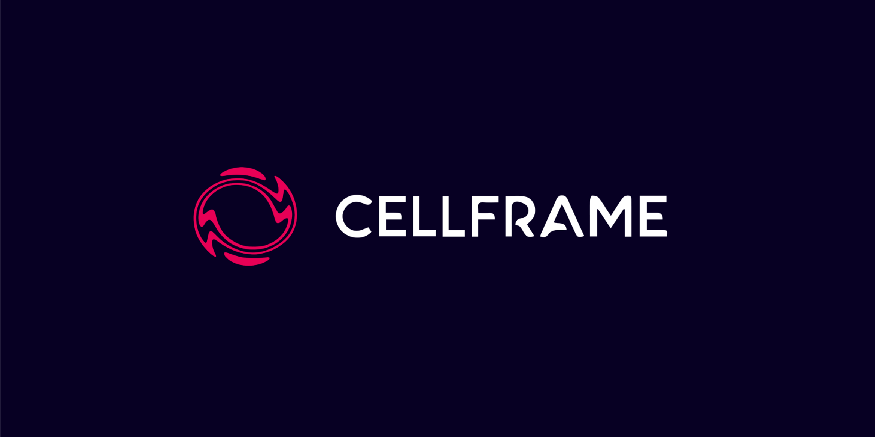Introducing Cellframe Core Network and CELL Shard (Cellchain) Auctions
Category: News

The Cellframe Network communications are based on two key points: 2-level sharding and peer-to-peer intershard communications.
On the first level, there’s the private shard — the Core network. The Core network has its own chains set with its own consensus and token (CELL). The ledger on this network is a single one for all other blockchains — ETH, DOT, BSC, etc. This works through the abstraction layer that we call the logical token — the set of physical tokens on different subchains which are connected together with atomic swaps.
The Cellframe wallet can have different addresses on different blockchains, with this wallet you can transact directly on any network. Service nodes on the Cellframe Core network which communicate with each other, do the work of swapping your transaction in the back-end. For example: you can transfer or trade tokens from Ethereum to Polygon or BSC with no problem as long its compatible.

On the second level, we have sub shards — Cellchains similar to Polkadot’s parachains. Cellchains do not have the functionality to do cross-chain transfers by themselves — it needs to route to the atomic swaps from zerochain (the common non-sharding subchain for the Core network) or route through other Cellchains. So, cross-chain transfers from Cellchains needs to be first accepted on the zerochain and after that’ll communicate back to the Cellchain.
Cellchain Auctions
Today, we’re excited to introduce Cellframe Cellchain auctions. For a cellchain to be added to Cellframe it must have its own Cellchain slot. These slots are a scarce resource on Cellframe and thus limited to a maximum of 50 Cellframe Cellchain slots. Inspired by Polkadot, Cellframe also recognizes multiple Cellframe Cellchain types and each of them has a different purpose.
- System-level Cellchains
- Auction-granted Cellchains
- Community Cellchains
For a healthy ecosystem and network, Cellframe has divided the Cellframe Cellchain slots into categories and some of them will be reserved to build a robust ecosystem.
Cellchain Leasing
Cellframe Networks slots are leased for a period of 3 years and the Cellchain projects can ask for 2 of the total 50 slots max. After the lease ends, the Cellchain will have to compete again in auctions for new slots. What can be expected is that some Cellframe Networks will go for the maximum slots while others will just go for only 1.
The First Cellchain on Cellframe
KELVPN will be the first Network on Cellframe. For this, KELVPN needs to receive delegations from the Cellframe community which in return will be airdropped KELVPN tokens, or acquire enough CELL themselves. After this process, the Cellchain will be on testnet (KELVPN-Placeholder) and then Cellframe Core network.
The first Cellframe Networks auction will happen in June. More details about this later.
Cellframe resources
About Cellframe
Cellframe is a quantum-resistant layer-1 network focused on facilitating secure and scalable cross-chain transfers. Cellframe aims to create an infrastructure for decentralized low-level services through its multichain nature. It is quantum-safe — it uses post-quantum encryption by default. Cellframe is built from scratch with plain C, which results in more efficient utilization of CPU and memory.
. . .
Stay tuned for more info and follow us at:
Twitter: https://twitter.com/cellframenet
Telegram: https://t.me/cellframe
Website: https://cellframe.net/
Telegram ANN: https://t.me/CellframeANN
Recent news
